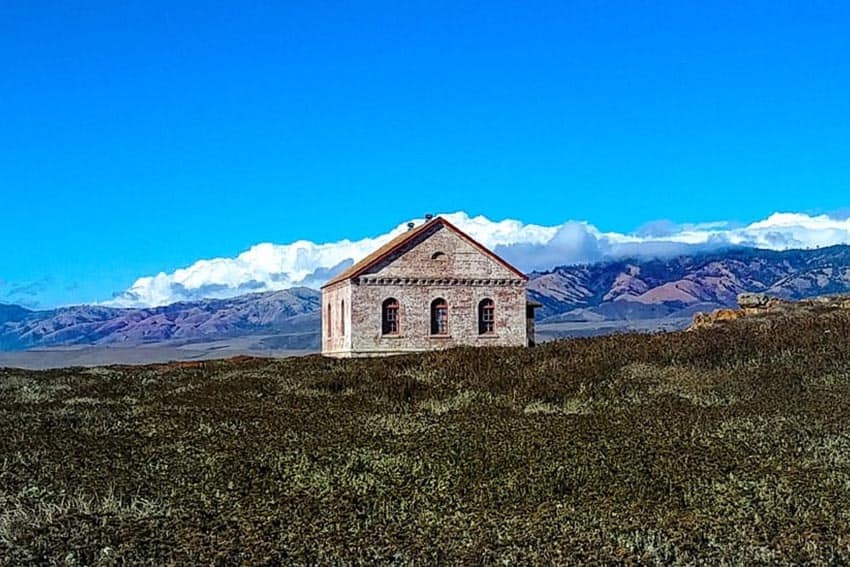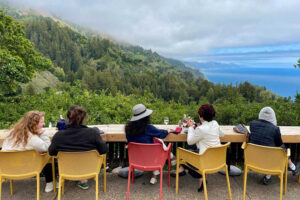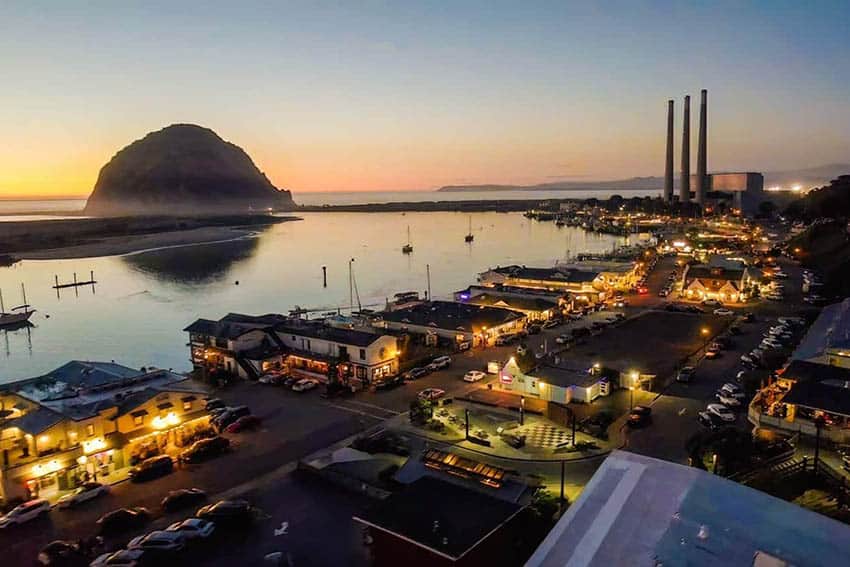
Culver City, “Heart of Screenland”
By James Michael Dorsey
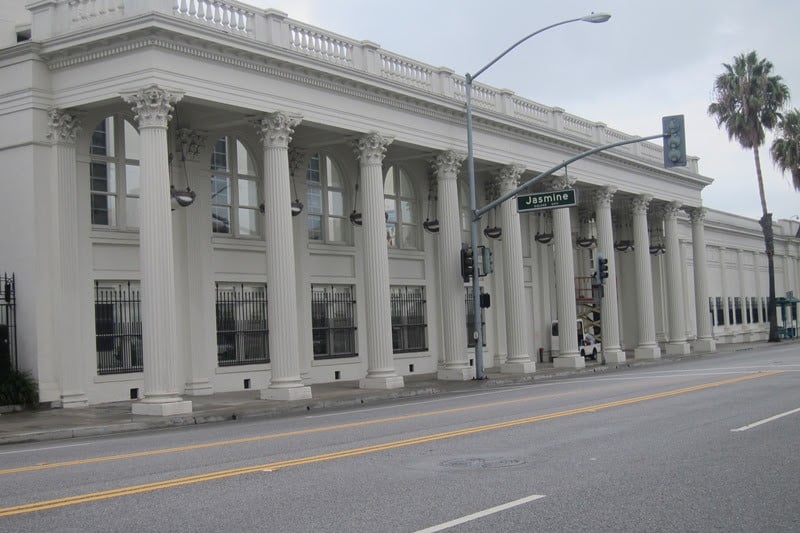
Lights!… Camera!… Action!…
These words, so well-known to most movie buffs, have brought countless visitors to the City of Angels, but how many of them know that for every film made in Hollywood, many more were filmed in Culver City?
“Heart of Screenland’ is the city logo that greets visitors to this hip and trendy little Westside hamlet a mere ten miles from downtown Los Angeles, and even closer to its more famous sister city, Hollywood.
It all began in 1915 when founding city father Henry Culver ran into pioneer movie maker Thomas Ince shooting a silent western movie in Ballona Creek.
Ballona Creek is a wetland area that was home to the native Gabrieleno people for almost 6,000 years, and was part of a Spanish land grant dating back to 1839.
A Visionary

Culver was a visionary and convinced Ince to re-locate his movie studio from Pacific Palisades into what was still being founded as Culver City and unwittingly helped to launch an epic era.
Ince partnered with other early film pioneers, D.W Griffith and Mack Sennett to form the Triangle Motion Picture Company, and to impress investors they built a formidable edifice designed to look like a Greek colonnade as their headquarters.
It still stands today as a historical landmark on the north wall of Sony studios on Washington Blvd. Triangle counted such stars as Douglas Fairbanks Jr., Mary Pickford and Lillian Gish among their formidable acting stable.
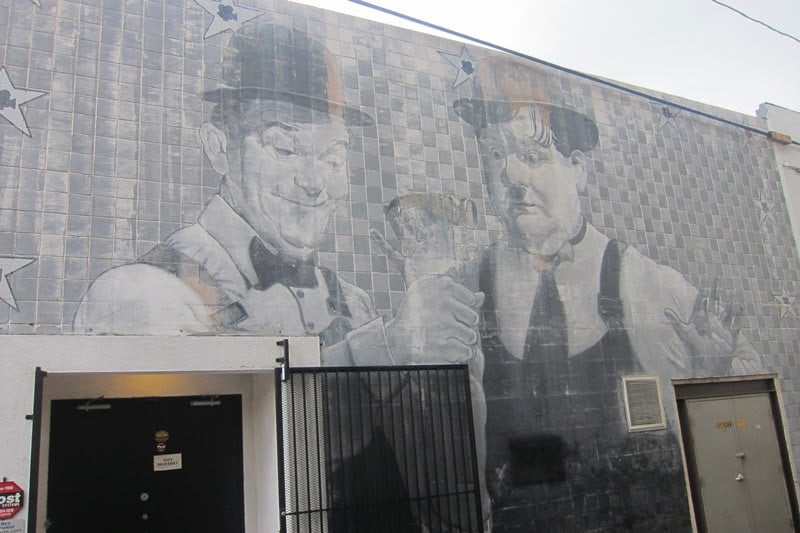
In 1918 Ince sold his share of the company to his partners and in 1921 it became Goldwyn Pictures. In 1924 it merged into Metro Goldwyn Studios where it remained until 1989 when it became Sony Pictures Entertainment and remains so to this day.
Not long after his departure from Triangle, Ince hooked up with Adolph Zucker to form Paramount Artcraft Pictures and commissioned a grand new building right up the street from his old studio that was modeled on the Mt. Vernon home of George Washington.
Today that building is the former home of the Culver Studios and is such an impressive looking southern style mansion that it has appeared in countless films, most notably doubling as “Tara” in the immortal, “Gone with the Wind.”
Over the next several years numerous small bungalows were built around the studio to house all of their contract players and many of them are still in original condition.
600 Movies Made Here
Thomas Ince went on to make over 600 movies in Culver City until his death in 1925 under suspicious circumstances after a night on

the yacht of Billionaire William Randolph Hearst. After his death, Cecil B. DeMille acquired the studio attaching his own name to it. By that time the lot was also home to RKO, Pathe, Howard Hughes and Desilu productions.
Not to be outdone, in 1918, Hal Roach built his studios right up the street from Ince and until 1963 churned out about 50 comedies per year for both films and television, including all of the Laurel and Hardy and Spanky and Our Gang series, plus Amos and Andy, Topper, My Little Margie and countless others.
During the Second World War, such notables as Ronald Reagan and Alan Ladd made patriotic military training films there. In later years Culver City became home to Lorimar, United Artists, Willat Studios, Selznick Studios, and finally, SONY.
The list of movies made in Culver City would begin with The Wizard of Oz, Gone with the Wind, Citizen Kane, Ben Hur, Last of the Mohicans and King Kong. In more recent years, Raging Bull, Wag the Dog, E.T the Extra Terrestrial, Air Force One, and Grease, have been added to a lineup that would fill a large book.
Television Too
Since the 1950’s when Desilu pioneered the sitcom, television has been the smaller cousin to Culver City’s movie industry with such shows as Gunsmoke, Lassie, and The Andy Griffith Show all being shot there, alongside current shows like Jeopardy, Deal or no Deal, and Wheel of Fortune.
Most of the original landmarks mentioned here are still there to be visited and all of them are overseen by the venerable Culver Hotel whose towering six stories was lauded as a “Skyscraper” when it opened its doors in 1924 and has known such illustrious owners as John Wayne and Red Skelton.
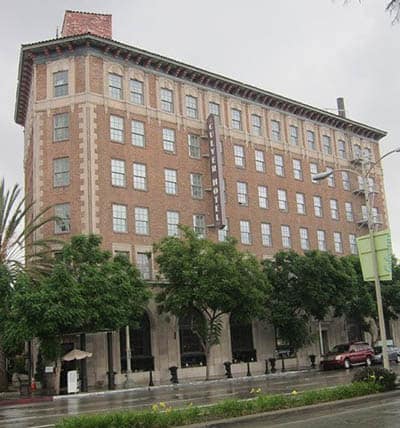
The Culver Hotel has been home to the likes of Clark Gable, Greta Garbo, Joan Crawford, Buster Keaton, Ronald Reagan, and it has hosted an American president and foreign kings.
During the filming of Wizard of Oz the Culver Hotel was home to all of the “Munchkins’ and sparked a legend about a tunnel that connected the hotel to the Culver Studios.
The legend say that tunnel was used to ferry booze and women to the little actors during their infamous “Trashing” of the hotel in a night of debauchery that in itself spawned the movie, Under the Rainbow” starring Chevy Chase.
In “Gone with the Wind’ the epic burning of Atlanta scenes with all the wounded soldiers, was shot at the corner of Culver Boulevard and Overland Avenues on a gigantic sound lot.
Washington Blvd
Today the movie industry still drives the Culver City economy and it is not unusual to sit next to an Indian chief or a German soldier at a restaurant on break from filming, while a walk down the streets will take a visitor to murals remembering Laurel and Hardy, Lucille Ball, and Desi Arnaz.
On Washington Blvd, every street light bears a steel scroll with the title, actors, and date, of a famous movie made there. Sony Studios offers daily tours that are open to the public but reservations are necessary for this very popular attraction.

The city is studded with fascinating reminders of its movie history including several zeotropes that you look at through a viewfinder as it spins to turn old still photos into a moving picture, historic movie cameras in local parks, sculptures of giant film rolls, and a dancing statue of MGM’s old logo, Leo the Lion.
Even the drainage grates on the sidewalks and the Police department logos announce that this is the “Heart of Screenland.”
Since the early days, Hollywood and Culver City have both been called the “Movie Capitol” and to this day there are countless people in both camps.
Way back in 1937 the mutual Chambers of Commerce held a peace pow wow at the then Grauman’s Chinese Theater on Sunset Boulevard in Hollywood to come to terms with which city was top dog and all that was determined was that Hollywood would refer to itself as “Tinseltown” and Culver City’s slogan would be “Heart of Screenland.”
Hollywood has a big white sign on a hill and the walk of fame on Sunset Boulevard, but, if you go by sheer numbers of movies made or timeless classic hits, the edge for being number one would have to go to the city that is truly “The Heart of Screenland,” Culver City.
- Los Angeles: Zen and the City at Suiho En - October 5, 2017
- California: Culver City, Home of the Movies - September 4, 2017
- Tanzania: Barbaig Blacksmiths Create Beauty from Trash - April 11, 2017


